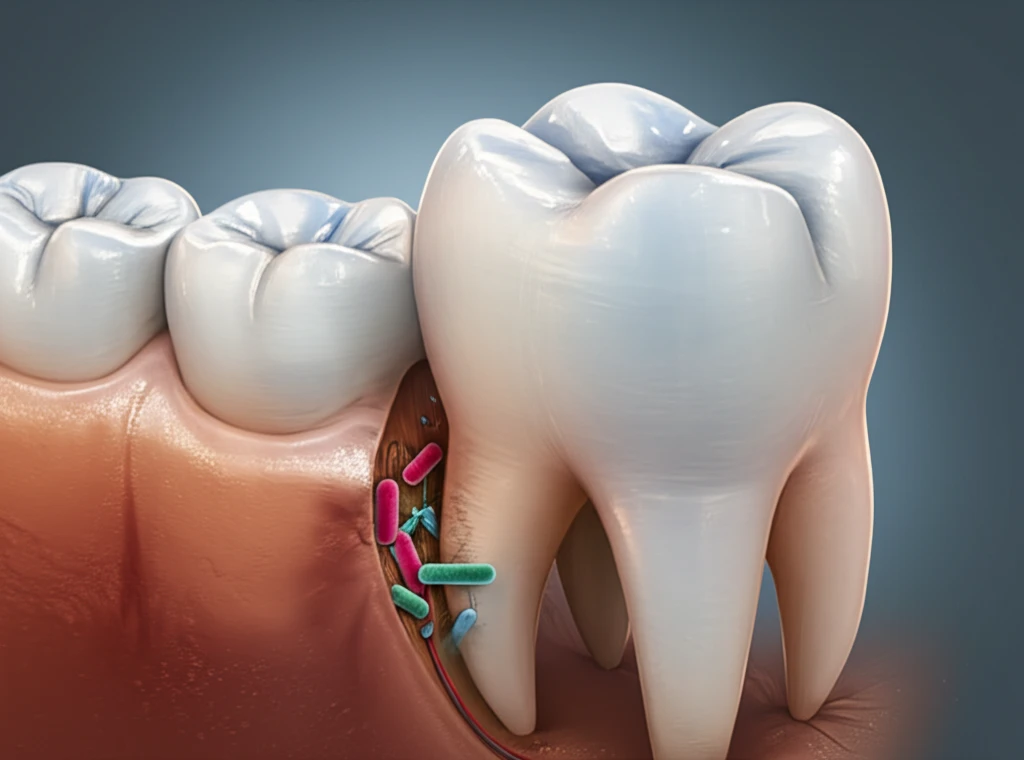
The Hidden Threat to Your Smile: Understanding and Treating Palatogingival Grooves
"Uncover the mysteries of palatogingival grooves, a developmental anomaly that can lead to serious dental issues if left untreated."
Imagine a tiny groove on your tooth, seemingly harmless, yet capable of causing significant dental problems. This is the reality of palatogingival grooves, developmental anomalies that primarily affect the upper lateral incisors. While they might appear insignificant, these grooves can create a breeding ground for bacteria, leading to periodontal disease, pulpal necrosis, and even tooth loss.
Palatogingival grooves (PGGs) are developmental defects that occur most commonly in the upper lateral incisors. These grooves start near the cingulum (the rounded prominence on the tongue side of the tooth) and extend towards the root. As they run down the tooth, they create a crevice where bacteria can accumulate, making it difficult to maintain proper oral hygiene in that area.
This article explores the nature of palatogingival grooves, their potential complications, and the various treatment options available. By understanding this often-overlooked dental issue, you can take proactive steps to protect your oral health and maintain a confident, healthy smile.
Why Palatogingival Grooves Pose a Threat to Your Teeth

The danger of palatogingival grooves lies in their ability to harbor bacteria. These grooves create a protected environment where plaque and calculus can accumulate, leading to inflammation and infection of the surrounding tissues. This can result in:
- Periodontal Pockets: The accumulation of bacteria leads to the formation of periodontal pockets, which are spaces between the teeth and gums that deepen over time.
- Bone Loss: Chronic inflammation can destroy the bone supporting the teeth, leading to mobility and eventual tooth loss.
- Pulpal Necrosis: In some cases, the groove may extend to the pulp, the innermost part of the tooth containing nerves and blood vessels. This can lead to pulpal necrosis, or death of the pulp, requiring root canal treatment.
- Combined Endodontic-Periodontal Lesions: When both the pulp and surrounding tissues are affected, it creates a complex situation known as an endodontic-periodontal lesion.
Protecting Your Smile: The Importance of Early Detection and Treatment
Palatogingival grooves are often overlooked during routine dental exams, but early detection and treatment are crucial for preventing serious complications. If you suspect you have a palatogingival groove or are experiencing symptoms such as persistent gum inflammation or sensitivity, consult with your dentist. They can perform a thorough examination and recommend the most appropriate treatment plan to safeguard your oral health.
